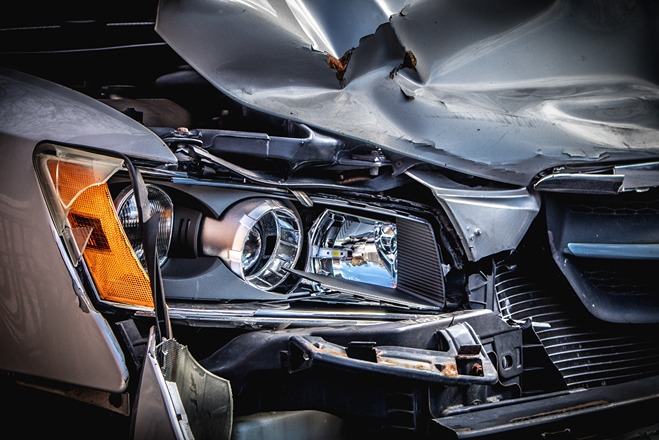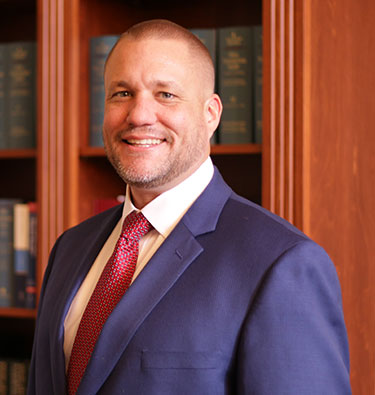
Determining fault in a left turn accident in Ohio is not necessarily as simple as saying the vehicle making the left is at fault.
While that is common, there are other scenarios where that is the exception.
To get personalized help reach out to Bensinger Law and secure a free consultation by ringing (419) 455-1410 or using the contact form.
Read on to learn more about determining who is at fault in a left turn accident and how to prove liability.
Common Types of Left Turn Accidents
Left turn accidents typically occur when a vehicle making a left turn collides with an oncoming vehicle traveling straight in the opposite direction. These accidents can also involve pedestrians or cyclists.
Common types of left turn accidents include the following:
- Unprotected left turns. These accidents often happen at intersections without a dedicated signal. Drivers may misjudge the speed of oncoming traffic or attempt to turn during a small gap and not make it across in time.
- Intersections with obstructed views. Sometimes, parked vehicles or physical obstructions limit a driver’s view. When the car turns left, it collides with an unseen oncoming vehicle.
- Left turn on the green light without an arrow. When turning left on a green light without a dedicated arrow, drivers must yield to oncoming traffic. Accidents in this scenario typically see the left-turning driver at fault.
- Left turns at a stop sign. At a four-way stop, the driver who arrives first usually has the right of way. If two drivers arrive at the same time, the driver on the left should yield the right of way to the driver on the right.
While the driver making the left turn might be liable in most of these accident types, there are contributing factors that can impact liability.
Is the Person Turning Left Always at Fault?
In Ohio, the law generally presumes that the driver making the left turn is at fault. That is because they are expected to yield to oncoming traffic. This presumption is based on Ohio traffic laws mandating that drivers turning left must yield to all vehicles approaching from the opposite direction. Failure to yield while turning left is the most common cause of left turn accidents.
There are exceptions where the oncoming driver could share a percentage of liability. One example is speeding. If the oncoming vehicle is driving faster than the speed limit, they could also share a portion of the fault for the accident.
Additionally, perhaps the other driver ran a red light. Left turn accidents involving yellow or red light signals are especially tricky. It sometimes comes down to a witness who saw the signals and weighs in on what happened. For example, a car traveling alongside the vehicle traveling straight saw it speed up when the light changed and did not stop.
A driver’s sudden and unpredictable actions can also impact liability. If the left-turning driver had a reasonable belief that they could safely complete the turn, but the oncoming vehicle made a sudden, unpredictable action, the fault may shift. For example, consider a scenario where oncoming vehicles are both in left turn lanes. If one car starts its turn and the other vehicle suddenly jumps out of its left turn lane and hits the car turning left, that driver could be at fault.
Determining Fault in a Left Turn Accident
Evidence is critical when determining fault in a car accident. Left turn accidents should not automatically be labeled the fault of the driver turning left. It’s necessary to gather evidence that clearly demonstrates which party violated traffic laws or acted negligently.
Some vital evidence includes the following:
- Evidence collected at the scene. Photos of the accident scene, vehicle damages, and any relevant road signs or signals can help determine liability. Also, take note of weather and traffic conditions.
- Witness statements. Collect contact information and statements from witnesses. Their statements can provide an objective account of the accident.
- Surveillance or dashcam footage. Check for nearby surveillance cameras or dash cams that may have captured the accident.
- Police reports. Please obtain a copy of the police report containing an official accident assessment from the responding officer, including any traffic violations.
- Consult with experts. In complex cases, accident reconstruction experts can help determine fault by analyzing the accident dynamics. When you hire an attorney, they can suggest a reputable accident reconstructionist to review your case.
Ohio follows a comparative negligence system with a 51% bar. That means both parties can be liable for an accident. However, compensation is reduced by your percentage of fault. For example, if a jury finds you 20% at fault, you would receive 80% of your damages. However, the law bars you from recovery if you are 51% or more at fault.
Contact an Ohio Car Accident Attorney
If you have questions about who is at fault in a left turn accident, please get in touch with Bensinger Legal Services immediately. Attorney Aaron Bensinger is an experienced Ohio car accident attorney who knows what it takes to build a solid case.
Schedule a consultation today or call us at (419) 455-1410 and learn more about proving liability in a left turn accident.


